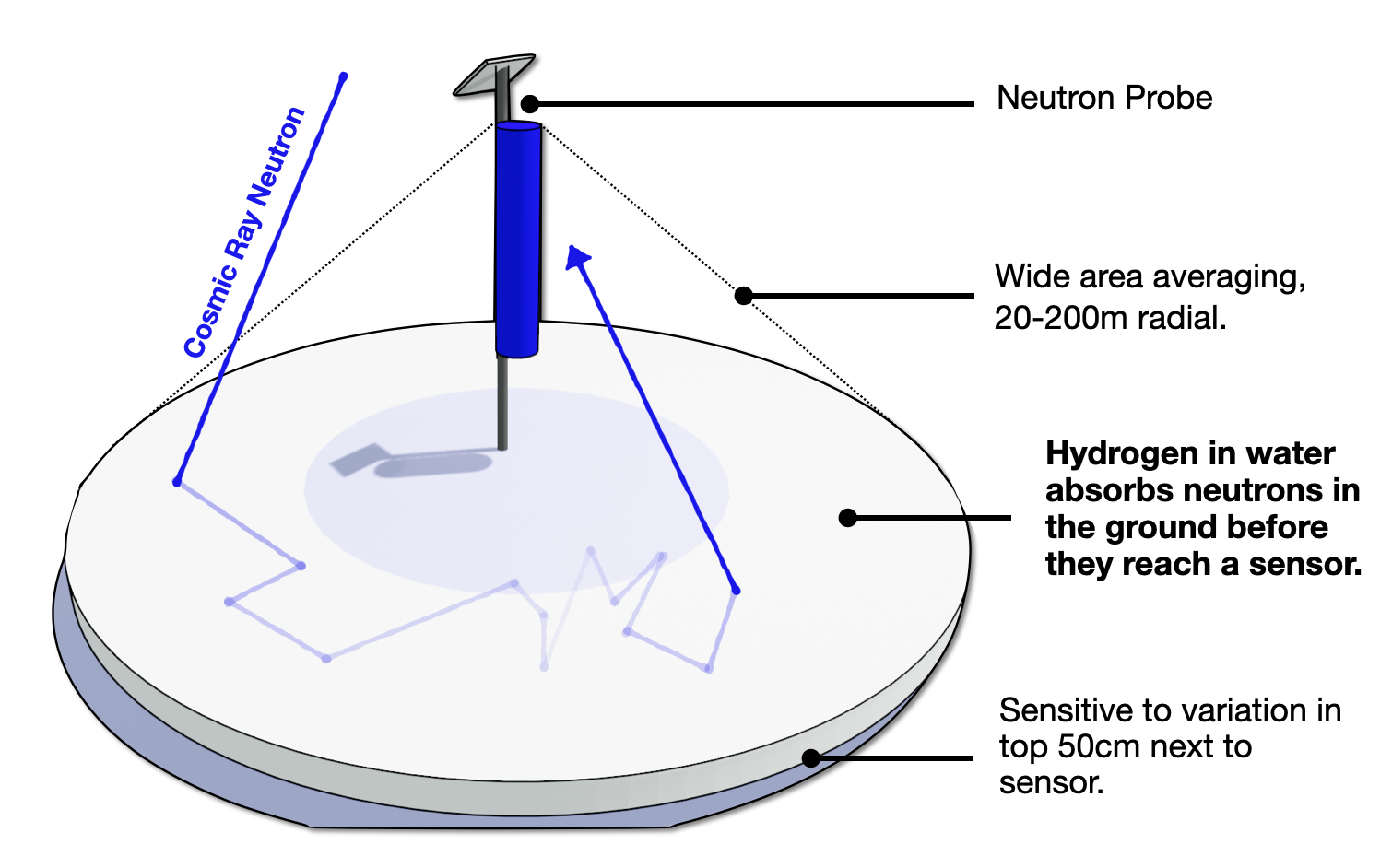What is CosmicRay?
CosmicRay is a research project using revolutionary cosmic ray sensing technology to monitor minute changes in the Greenland Ice Sheet (GrIS) to better understand it's evolving behaviour in a rapidly changing climate.
From supernova to snow
Cosmic rays are produced by extreme events such as solar flares and extragalactic supernova explosions, and are propelled through space to Earth. They collide with our upper atmosphere, producing secondary showers of invisible particles which are constantly raining down on us all over the world.
CosmicRay makes use of one specific type of cosmic ray particle, neutrons, to remotely sense the world around us. Since these neutrons have a high chance of interacting with hydrogen, when water or snow cover increases around a sensor, it leads to less neutrons being detected above ground.

Where is CosmicRay based and who is behind it?
CosmicRay is based at the University of Sheffield, being spearheaded by the department of Mathematical and Physical Science.
Dr. Patrick Stowell, researcher and lecturer in particle physics, is the lead scientist behind the project. In collaboration and with funding from ARIA, the Advanced Research and Invention Agency, he is translating prior research in radiation detection into a much-needed area in environmental monitoring. Alongside current postdoc, Rob Foster, the team are working hard to drastically reduce the cost of cosmic ray neutron sensors to support future deployments of dense sensor networks on the GrIS.
This project is funded by ARIA, the UK's Advanced Research and Invention Agency, as part of the “Forecasting Tipping Points” programme. CosmicRay aims to provide additional data on the rate of ice loss on the GrIS to support efforts in developing climate models and early tipping point warning systems as part of the wider "Forecasting Tipping Points" program.
Tipping points may seem like an abstract idea, but they represent the global systems that are currently at risk, and may reach an inevitable state of loss.
Click the ARIA logos at the bottom of this page to see the projects currently funded under the ARIA Forecasting Tipping Points program.